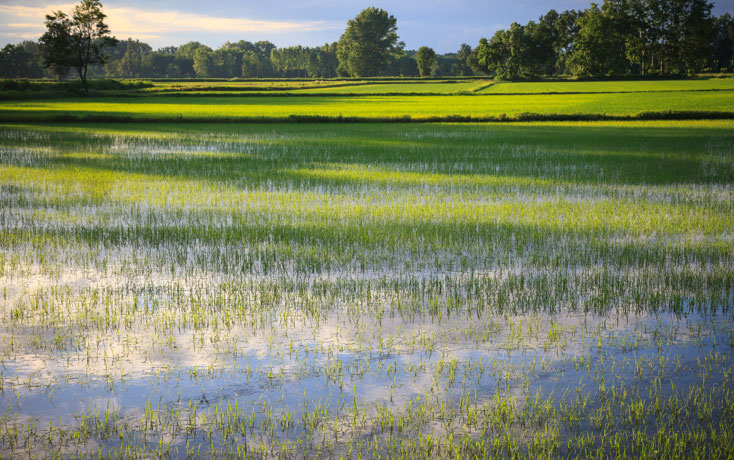Our territory
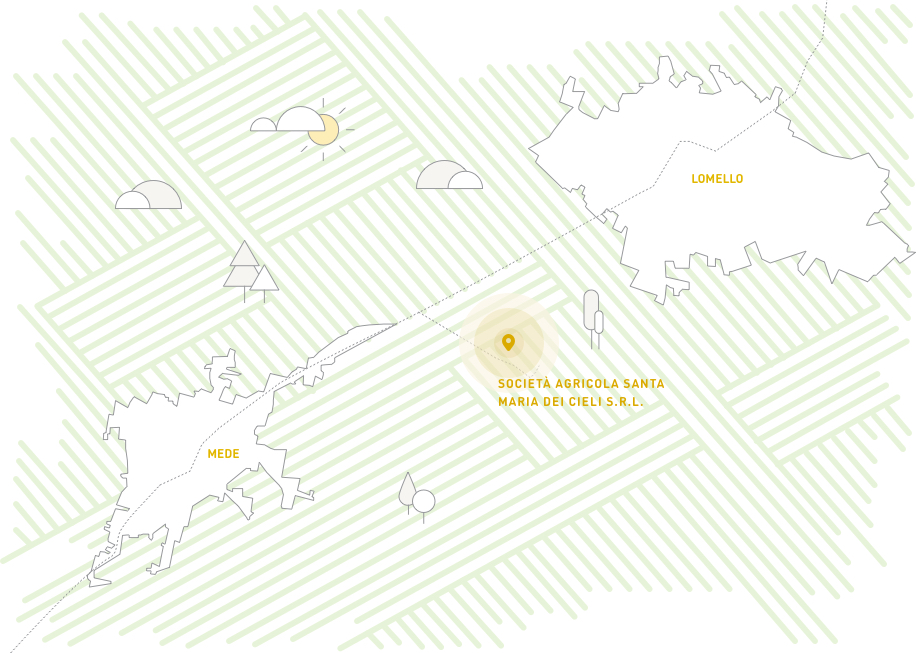
The current structure of our countryside has been created through a 20-year pathway of land displacement, annexation of small and large spaces, creation of new channels and water paths, as well as connecting roads. It seems common, but we strive for our fields to be taken care of and “good looking” to the eye, as the land we cultivate is; we are happy to look after not only our cultivation, but our surroundings too: plants, locust trees, many birds and animals on the headlands. Moreover, every year we partner with other seeds companies to supply them with a piece of hectare where they can realize their experimental fields. The outcome is fascinating: a mix of colours in different adjacent pieces of land, which, during the harvest phase, makes these fields looking like rainbows. Furthermore, our fields get coloured by other things, thanks to the cultivations of corn, soy, barley...: even these represent a symbol of our attention and care of the territory we are lucky enough to cultivate.
THE CHARACTERISTICS OF THE LAND
CLIMATE
In the middle of the Po valley, with cold winters, snow, a lot of fog, and frequent frosts, from the end of April the temperature rises over 30˚C, usually in July and August. In these conditions the rice we cultivate can express its maximum potential, also thanks to the pouring water that allow the cultivation of this typical Southeast Asian cereal throughout the area.
WATER
To cultivate rice, (a lot of) water is needed... and this is possible as across all Po valley, following some drainage works carried out during the ‘800, there are many channels, ducts, locks and hydraulic systems which transport the waters in a controlled way across all the fields of the region. We also take advantage of this great engineering masterpiece, of which we will talk about in more details in the future.
FAUNA
Going through the streets adjacent to the fields, in the different times of the day, it is possible to notice many varieties of birds and animals. From the most “common” grey herons, to pheasants’ families, to cuckoos, moving then to the land wildlife, with small hares to large (and alas very greedy for corn seeds) wild boars. We strive to always have a respectful relationship with these animals too.
CURIOSITY
The original maps the Santa Maria farm has been kept in our homes and offices. Back when the grandfather began to look after all this, the cultivate fields surface was less than a third of what we have today.
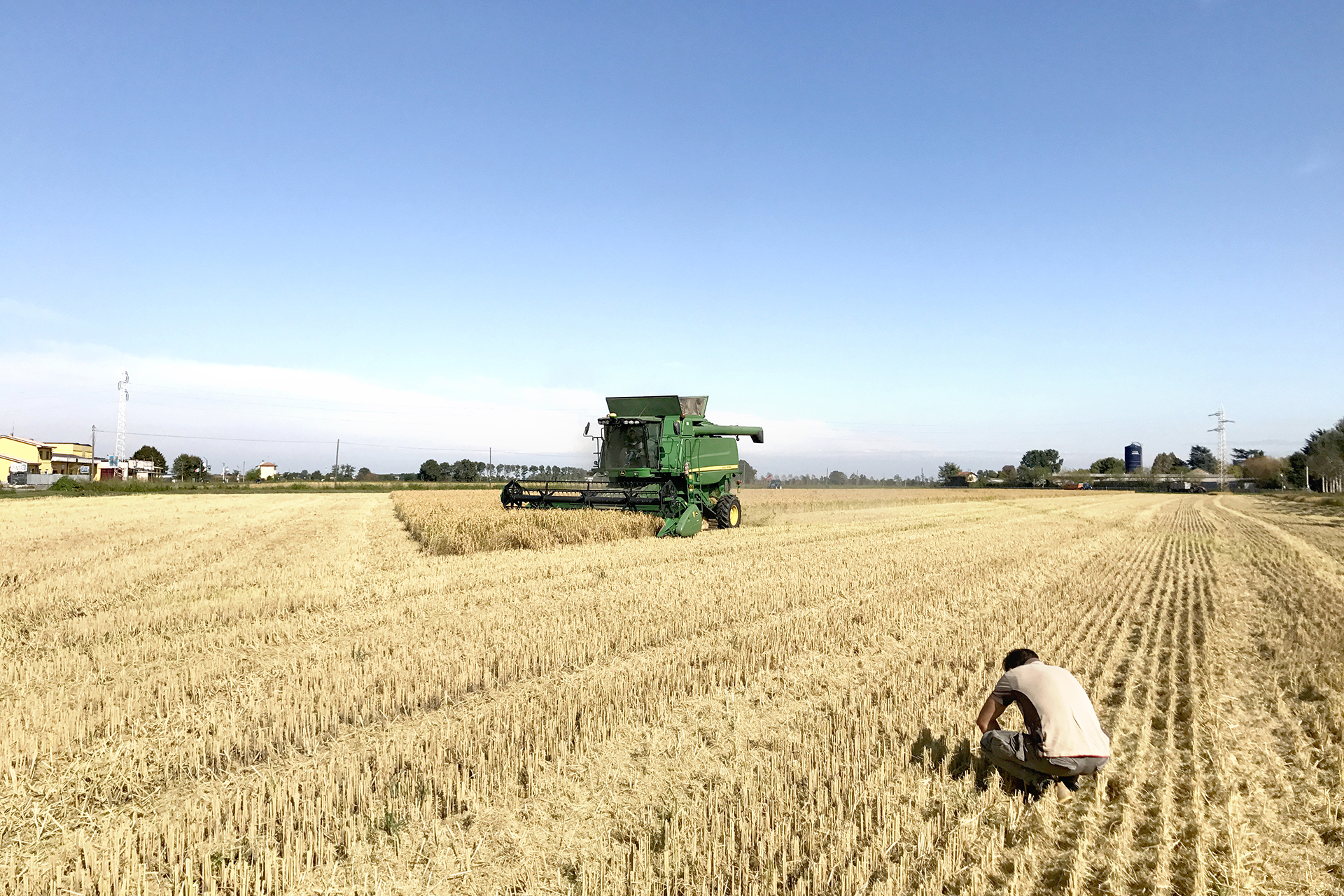
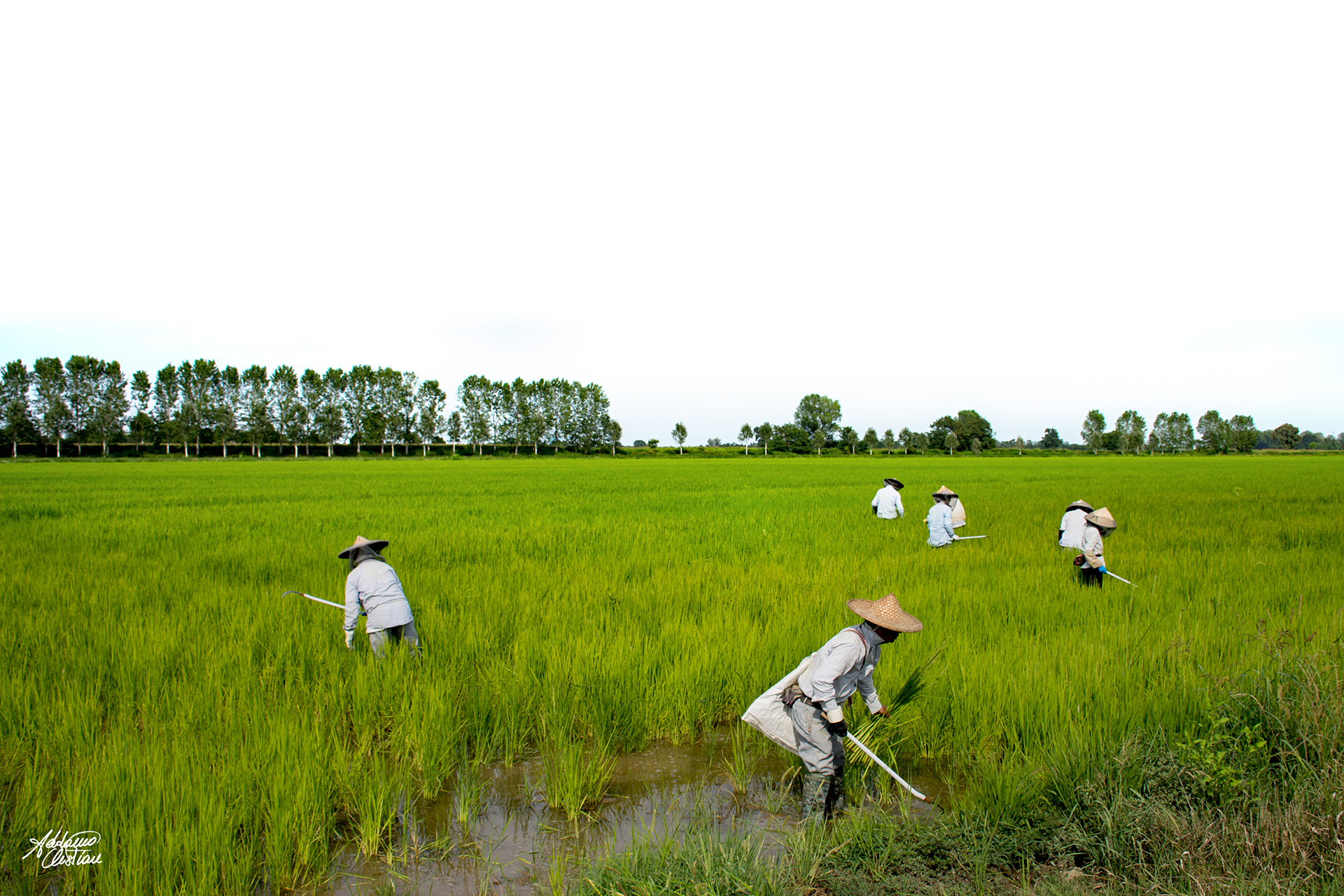
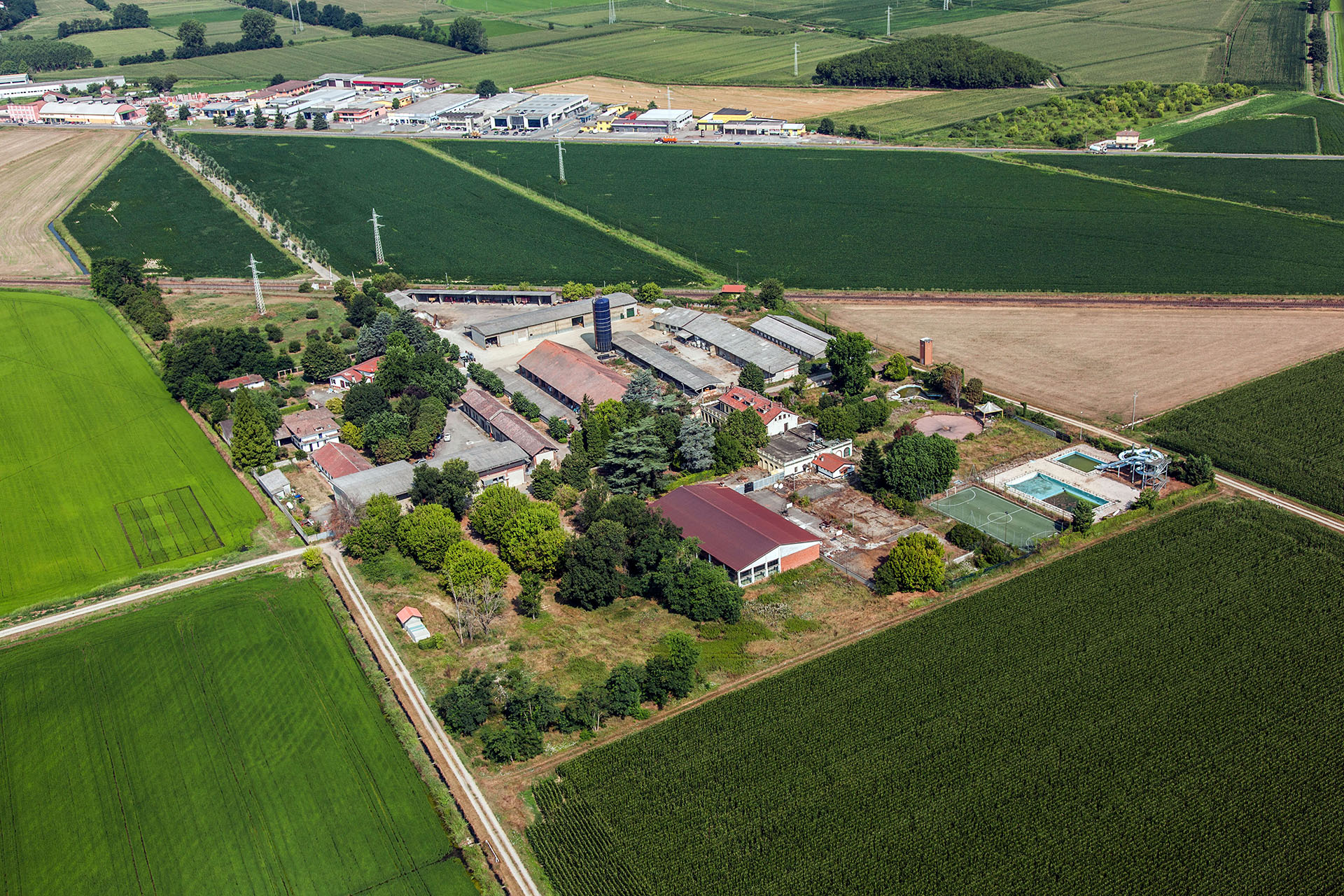
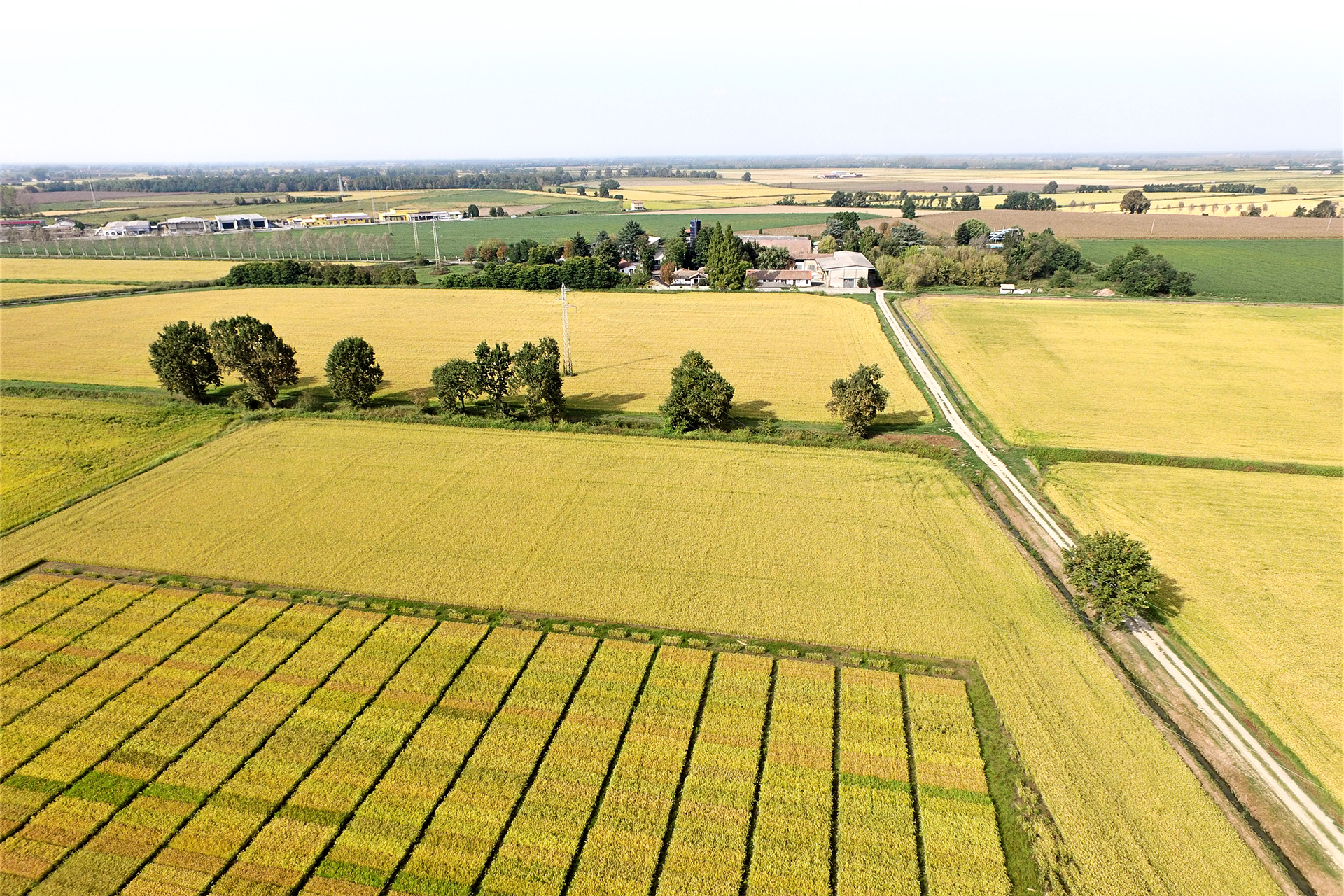
See also
OUR STORY
Our origins and the unicity of our history
OUR PRODUCTS
Quality and niche products, a combination of high value
HOW WE WORK
Our methods: the combination between the past and new cultivation’s techniques
